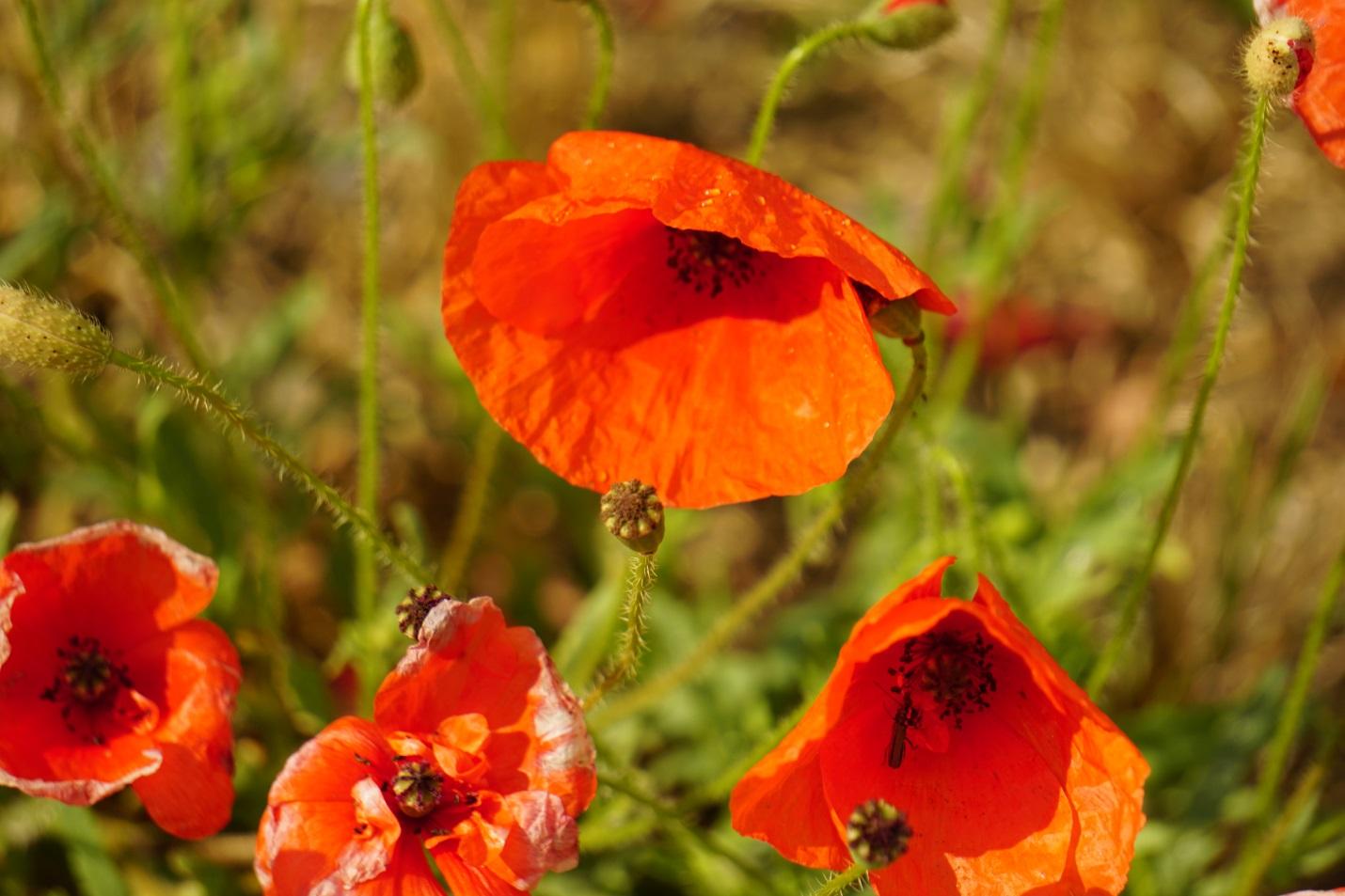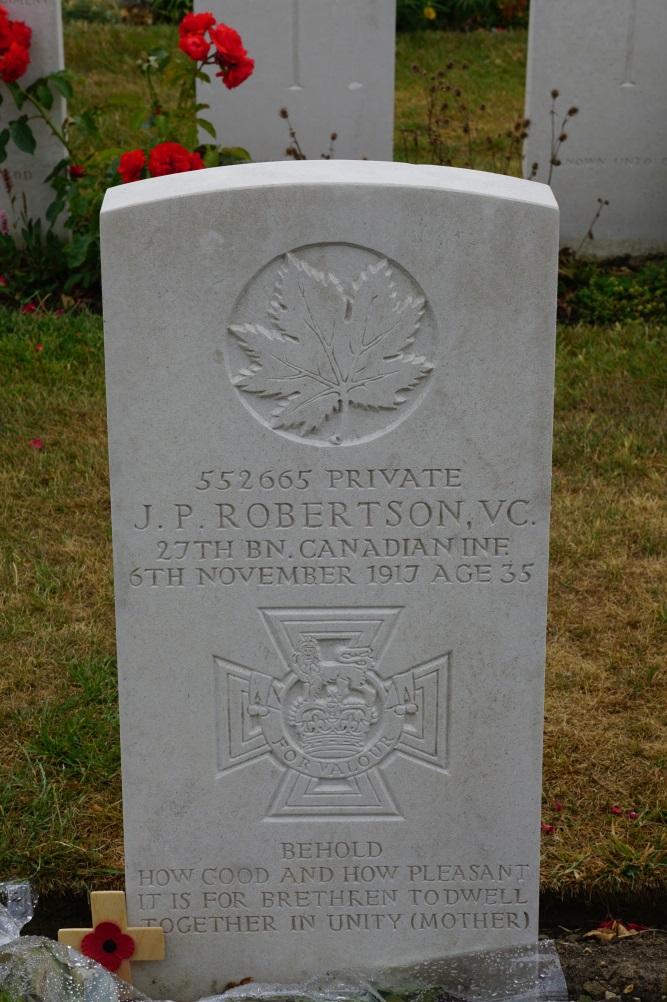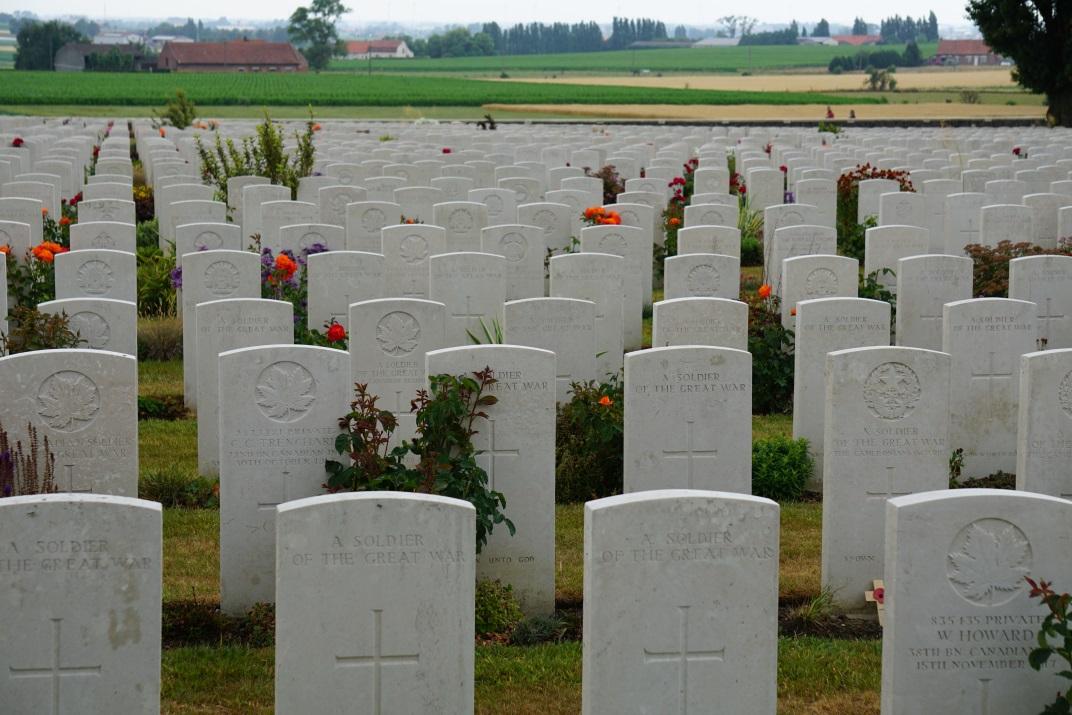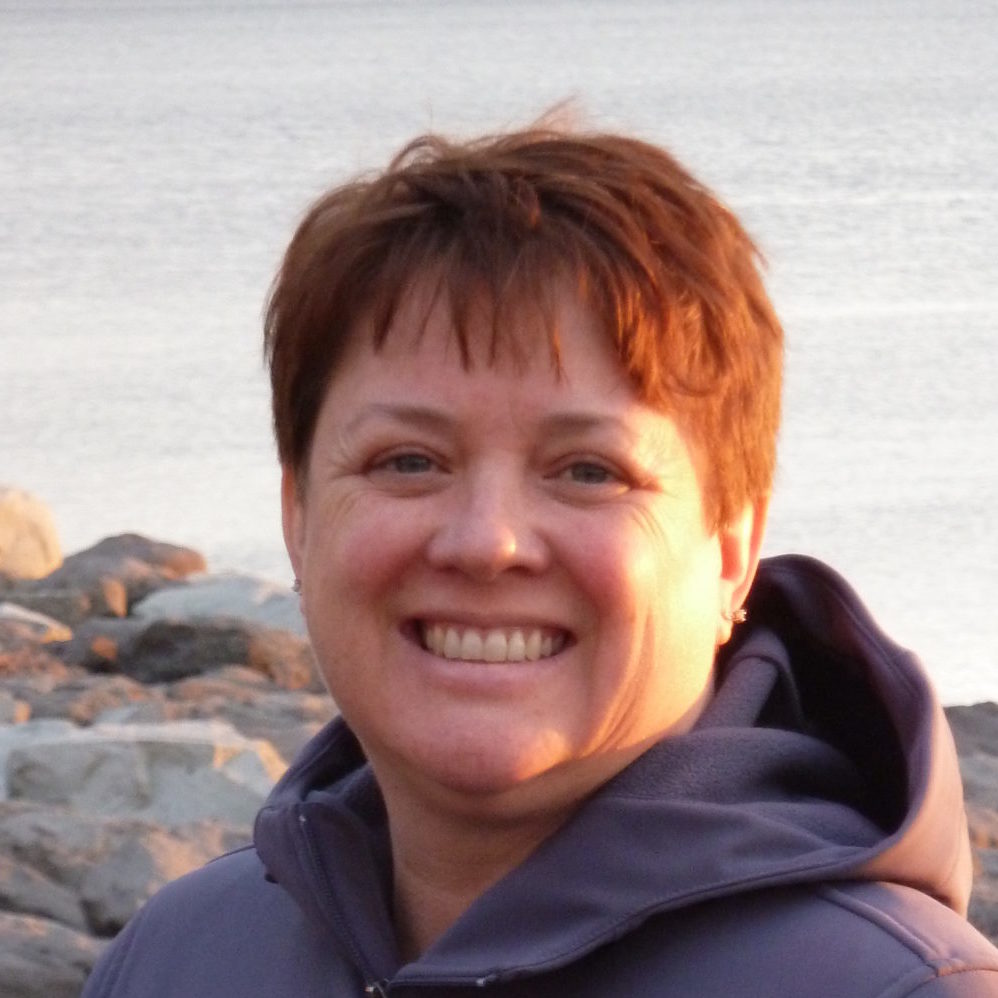Canadian Heroes in Flanders: A Tour of The Great War and WW2 Memorials and Cemeteries
Reaching the milestone of 150 years, it is only natural that Canadians take the time to reflect on our past, present and future. Being no exception, I have paused to think about the people, our heroes, who have shaped our nation: The Famous Five including Nellie McClung, Chris Hadfield, Lester B. Pearson, and Terry Fox, only to name a few. This summer, in the fields of Flanders and on the shores of France, my family and I had the privilege of meeting many Canadian heroes, the soldiers of the Great War and WW2. Some known, yet many unknown.

With our tour beginning in Belgium, I was keen to explore the countryside, visiting well known memorials and cemeteries. Visible from a distance, the St. Julien Canadian Memorial at Vancouver Corner stands as a striking reminder of The Great War. The memorial, also known as “The Brooding Soldier”, memorializes the Canadian 1st Division action from April 22 to 24, 1915. The Canadian division held its position after the Germans launched the first mass chlorine gas attack. Rising from a single column of granite, the 11 meter Canadian soldier, in his steel helmet, stands as a lone sentinel bowing his head with his hands on the butt of his rifle in reversed arms, a custom that occurs at military funerals. The soldier is a poignant reminder of the atrocities of war.
Traveling down country roads, I gazed upon the fields of golden wheat and grazing cows trying to imagine how the landscape would have looked, even sounded, a 100 years earlier. Even my worst images probably did not do justice to the time.
 Arriving at the Tyne Cot Commonwealth War Graves Cemetery and Memorial to the Missing, I was immediately struck by the enormity of it. It is the largest cemetery for the Commonwealth in the world. Of the nearly 12,000 graves, just over 1,000 are Canadians, with most having fought at Passchendaele. Walking the many rows, you feel a tremendous sense of sadness and loss, wondering who these men were and the loved ones they left behind. A guide directed us to a Canadian Victoria Cross recipient, Private James Peter Robertson. Private Robertson, son of Alexander and Janet Robertson, of Medicine Hat, Alberta, received his medal for bravery and outstanding devotion of duty by rushing and capturing a machine gun and rescuing two men from heavy fire. He was killed saving the second of these men on November 6, 1917.
Arriving at the Tyne Cot Commonwealth War Graves Cemetery and Memorial to the Missing, I was immediately struck by the enormity of it. It is the largest cemetery for the Commonwealth in the world. Of the nearly 12,000 graves, just over 1,000 are Canadians, with most having fought at Passchendaele. Walking the many rows, you feel a tremendous sense of sadness and loss, wondering who these men were and the loved ones they left behind. A guide directed us to a Canadian Victoria Cross recipient, Private James Peter Robertson. Private Robertson, son of Alexander and Janet Robertson, of Medicine Hat, Alberta, received his medal for bravery and outstanding devotion of duty by rushing and capturing a machine gun and rescuing two men from heavy fire. He was killed saving the second of these men on November 6, 1917.
Reading the gravestones, I was struck by two things: again the magnitude of the cemetery and the age of these men. Private Barter, of the Newfoundland Regiment, is one of the youngest at only 17 years old. Many others were in their teens and twenties; too young to be a part of such horror.
To visit the memorials and cemeteries of Flanders and France, for my family, was to honor those courageous men and women who made the ultimate sacrifice, their lives. Remembrance Day will now be more poignant having seen the final resting place of so many Canadian heroes. They deserve our gratitude and need to be awarded the respect they so greatly deserve.

